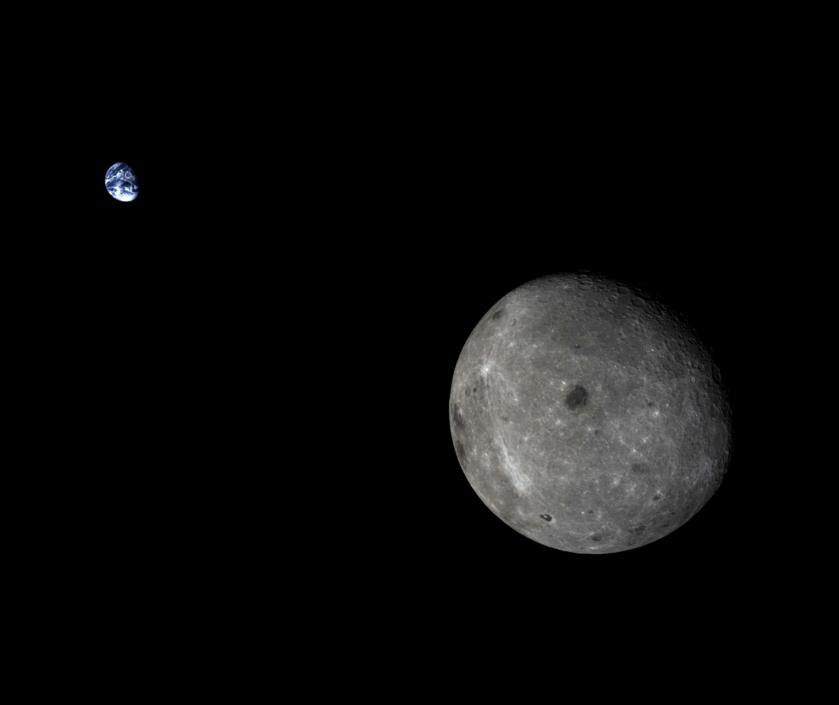Difference between revisions of "October 30, 2014"
| Line 1: | Line 1: | ||
__NOTOC__ | __NOTOC__ | ||
=From the Earth To the Moon (And Back)= | =From the Earth To the Moon (And Back)= | ||
| − | |||
<!-- ws:start:WikiTextHeadingRule:0:<h1> --> | <!-- ws:start:WikiTextHeadingRule:0:<h1> --> | ||
<!-- ws:start:WikiTextLocalImageRule:6:<img src="/file/view/LPOD-Oct30-14.jpg/528707186/LPOD-Oct30-14.jpg" alt="" title="" /> -->[[File:LPOD-Oct30-14.jpg|LPOD-Oct30-14.jpg]]<!-- ws:end:WikiTextLocalImageRule:6 --><br /> | <!-- ws:start:WikiTextLocalImageRule:6:<img src="/file/view/LPOD-Oct30-14.jpg/528707186/LPOD-Oct30-14.jpg" alt="" title="" /> -->[[File:LPOD-Oct30-14.jpg|LPOD-Oct30-14.jpg]]<!-- ws:end:WikiTextLocalImageRule:6 --><br /> | ||
| − | <em>image from</em>[http://news.xinhuanet.com/world/2014-10/28/c_1113016268.htm Xinhua News] by way of [http://www.planetary.org/blogs/emily-lakdawalla/2014/10280900-change-5-t1-rounds-the-lunar.html Emily Lakdawalla.]<br /> | + | <em>image from</em>[http://news.xinhuanet.com/world/2014-10/28/c_1113016268.htm" rel="nofollow Xinhua News] by way of [http://www.planetary.org/blogs/emily-lakdawalla/2014/10280900-change-5-t1-rounds-the-lunar.html" rel="nofollow Emily Lakdawalla.]<br /> |
<br /> | <br /> | ||
| − | Sometimes minor missions can have a big visual impact*. China is half way through an engineering roundtrip mission to the Moon to test the process of re-entry of a vehicle returning from the Moon. This is an un-instrumented spacecraft (apparently) other than a camera which snapped this evocative image. The Chang'e 5 T1 spacecraft passed further behind the Moon than Apollo did, allowing a dramatic image of the far side of the Moon and a distant, blue-splashed Earth. Since [http://www.planetary.org/multimedia/space-images/earth/C_Zond06_2.html Zond 6] there have only been a [http://planetary.org/explore/space-topics/earth/pics-of-earth-by-planetary-spacecraft.html few] pictures from lunar orbit that show both the Earth and Moon, and most show a distant Earth over a closeup of a lunar polar region. This Chang'e image may be unique in its perspective. It is somewhat like the first ever [http://lpod.wikispaces.com/October+7%2C+2008 image] of the farside in having visible some of the nearside eastern limb. The two dark patches near the equator are Mare Marginis (with the bright swirl) and Mare Smythii, and I suppose the northern dark spot is Mare Humboldtianum. The large dark area near the center is Mare Moscoviense. It is ironic that China has imaged the Sea of Moscow. The first view of the entire far side, and the last (so far), were acquired by communist countries. Both were of little scientific value, but were great symbolic gestures. <br /> | + | Sometimes minor missions can have a big visual impact*. China is half way through an engineering roundtrip mission to the Moon to test the process of re-entry of a vehicle returning from the Moon. This is an un-instrumented spacecraft (apparently) other than a camera which snapped this evocative image. The Chang'e 5 T1 spacecraft passed further behind the Moon than Apollo did, allowing a dramatic image of the far side of the Moon and a distant, blue-splashed Earth. Since [http://www.planetary.org/multimedia/space-images/earth/C_Zond06_2.html" rel="nofollow Zond 6] there have only been a [http://planetary.org/explore/space-topics/earth/pics-of-earth-by-planetary-spacecraft.html" rel="nofollow few] pictures from lunar orbit that show both the Earth and Moon, and most show a distant Earth over a closeup of a lunar polar region. This Chang'e image may be unique in its perspective. It is somewhat like the first ever [http://lpod.wikispaces.com/October+7%2C+2008 image] of the farside in having visible some of the nearside eastern limb. The two dark patches near the equator are Mare Marginis (with the bright swirl) and Mare Smythii, and I suppose the northern dark spot is Mare Humboldtianum. The large dark area near the center is Mare Moscoviense. It is ironic that China has imaged the Sea of Moscow. The first view of the entire far side, and the last (so far), were acquired by communist countries. Both were of little scientific value, but were great symbolic gestures. <br /> |
<br /> | <br /> | ||
| − | <em>[mailto:tychocrater@yahoo.com Chuck Wood]</em><br /> | + | <em>[mailto:tychocrater@yahoo.com" rel="nofollow Chuck Wood]</em><br /> |
| − | <span style="color: #ffffff;">'</span>* e.g. India's [http://www.planetary.org/blogs/emily-lakdawalla/2014/10070945-global-mom-gale.html Mars Orbiter Mission] <br /> | + | <span style="color: #ffffff;">'</span>* e.g. India's [http://www.planetary.org/blogs/emily-lakdawalla/2014/10070945-global-mom-gale.html" rel="nofollow Mars Orbiter Mission] <br /> |
<br /> | <br /> | ||
<strong>Related Links</strong><br /> | <strong>Related Links</strong><br /> | ||
Revision as of 23:05, 4 January 2015
From the Earth To the Moon (And Back)

image from" rel="nofollow Xinhua News by way of " rel="nofollow Emily Lakdawalla.
Sometimes minor missions can have a big visual impact*. China is half way through an engineering roundtrip mission to the Moon to test the process of re-entry of a vehicle returning from the Moon. This is an un-instrumented spacecraft (apparently) other than a camera which snapped this evocative image. The Chang'e 5 T1 spacecraft passed further behind the Moon than Apollo did, allowing a dramatic image of the far side of the Moon and a distant, blue-splashed Earth. Since " rel="nofollow Zond 6 there have only been a " rel="nofollow few pictures from lunar orbit that show both the Earth and Moon, and most show a distant Earth over a closeup of a lunar polar region. This Chang'e image may be unique in its perspective. It is somewhat like the first ever image of the farside in having visible some of the nearside eastern limb. The two dark patches near the equator are Mare Marginis (with the bright swirl) and Mare Smythii, and I suppose the northern dark spot is Mare Humboldtianum. The large dark area near the center is Mare Moscoviense. It is ironic that China has imaged the Sea of Moscow. The first view of the entire far side, and the last (so far), were acquired by communist countries. Both were of little scientific value, but were great symbolic gestures.
" rel="nofollow Chuck Wood
'* e.g. India's " rel="nofollow Mars Orbiter Mission
Related Links
21st Century Atlas page 97.



